My article on the history of pizza, Pizza Isn’t Italian, inspired plenty of comments on twitter and elsewhere this past week, including one from someone named JFA who pointed me to a very good blog post about the earliest appearance of pizza in an American movie.
…the opening song in the 1949 MGM musical On The Town includes a brief shot of a sign in Little Italy that says “Pizzeria Napoletana”.
Time-wise, that’s right about where I would have expected to find pizza in a movie, around the year 1950, just as pizza was taking off.
Before the pizza boom, however, in the first half of the 20th century, spaghetti was a pretty big deal as a cheap dining option in most cities. In fact, more than food, inexpensive Italian restaurants were places you supposedly met artists, writers and working men. So, unlike pizza, spaghetti had strong bohemian associations.
That’s the whole point of this, right….
Tramp is a bohemian and Lady is a up-town, but Tony’s spaghetti brings them together. Pizza, sadly, became too popular, too quick to have those romantic connotations. But, that’s a topic for another time.
Thanks to the research I did for my most recent piece on the en-biggening of football players, I’m now totally enamored of old-time college football.
What a charmingly brutal sport! The cream of early 20th century American youth bashing each other senseless for no very good reason, other than that it’s fun.
Consider the case of young Teddy Roosevelt, Jr., who matriculated at Harvard while his father was in the White House and, who, of course, went out for the freshman football team.
Teddy, Jr. might have been a 145-pound runt, but he had the fighting spirit of a champion game cock. Sadly, he was no match for the 168-pound bruiser the Eli’s put across the line from him, and the Harvard Freshmen went down in defeat.
The ultimate fate of Teddy, Jr. was a noble one. He was shot in the leg and mustard-gassed at the Battle of Soissons in World War I, made a fortune in business between the wars, and then immediately volunteered for duty in World War II, despite being middle aged, gimpy and with a bad heart. He fought in North Africa, Sicily and Italy, and was, at 56 years old, the oldest man to go ashore on D-Day, and the only Allied general to land in the first wave of troops. He was awarded a Medal of Honor for his actions on Omaha Beach and died a month later, in France, of a heart attack. Patton called him “one of the bravest man” he’d ever known.
The old idea that American football is a test of character, an idea long consigned to the dustbin, probably had its origins in examples like this one.
Hey, speaking of World War II, do you remember that time in 1943, during the middle of World War II, when a town in Maryland elected a Japanese man to be its mayor?
Actually, it was the second time Kinjiro Matsudaira had been elected mayor of Edmonston, Maryland. The first time was in 1927.
Kinjiro Matsudaira was the mixed-race son of Carrie Sampson, the daughter of a New Jersey bookseller, and her husband Tadaatsu Matsudaira, the son of a prominent samurai family who’d been sent to America to study as part of the Meiji reforms. Tadaatsu liked America and loved Carrie, so he got married and stayed around after finishing his degree in Civil Engineering at Harvard, eventually winding up in Colorado as the chief civil engineer for the Union Pacific Railroad in that state. I wrote a little bit about him in my long, two-part piece, The Great Sushi Craze of 1905.
Sadly, in 1888. Tadaatsu died of tuberculosis at the age of 37, when his son Kinjiro was only 3 years old. Packed off to his white grandparents, Kinjiro was raised without any contact with his Japanese family or Japanese culture. He eventually wound up in the Washington D.C. suburbs, married a local woman and had a respectable family and career and, like many good Americans, participated in local government. Today, many of his descendants still live in Prince Georges County, Maryland.
All together, the story of Kinjiro Matsudaira is a uniquely American tale of assimilation and acceptance, of a Japanese-American man and the community that elected him its mayor in the middle of World War II.
Thanks for reading! If you like this sort of thing, please follow me on twitter, like me on facebook, and recommend An Eccentric Culinary History to your friends.
See you on Thursday!

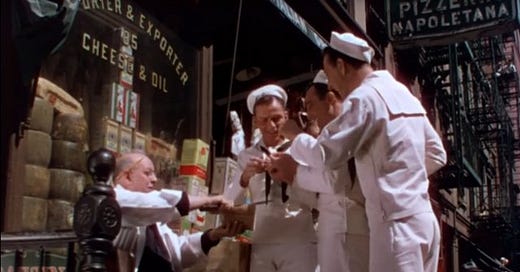




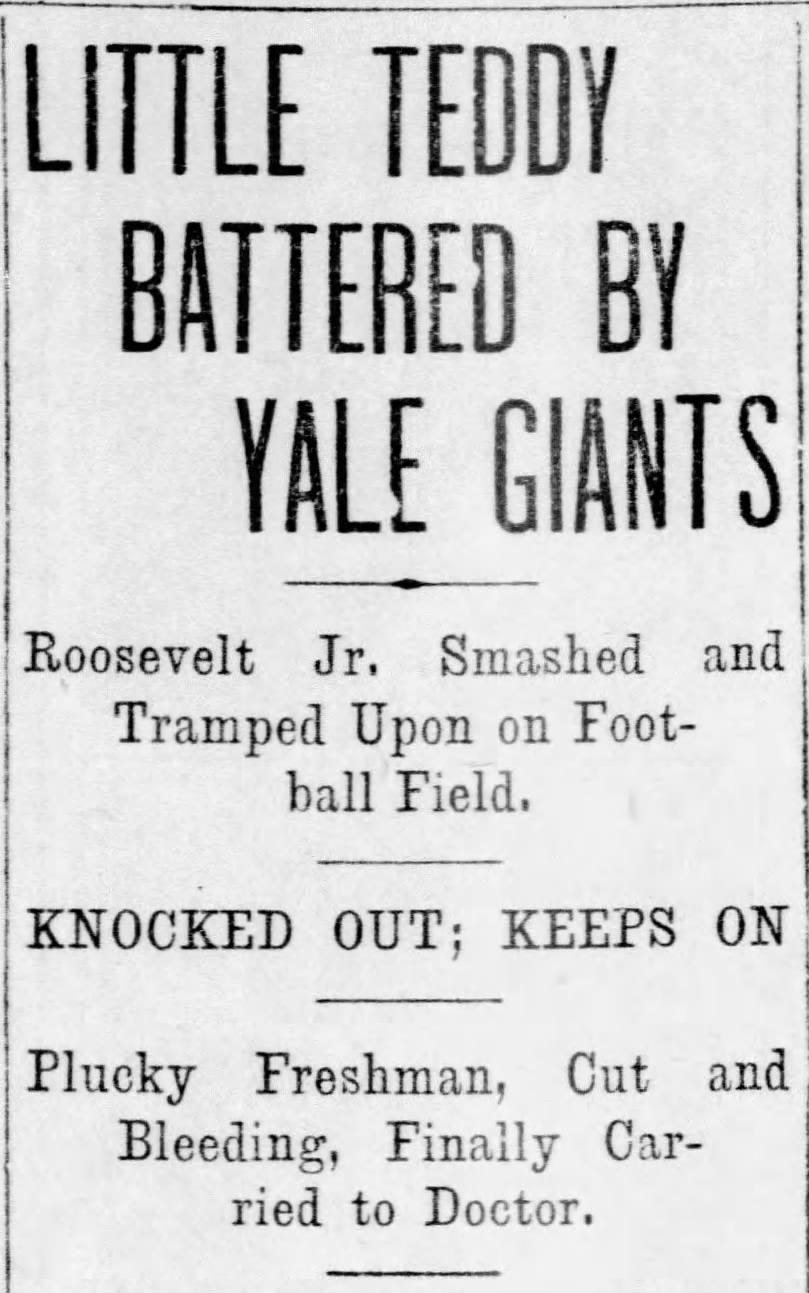
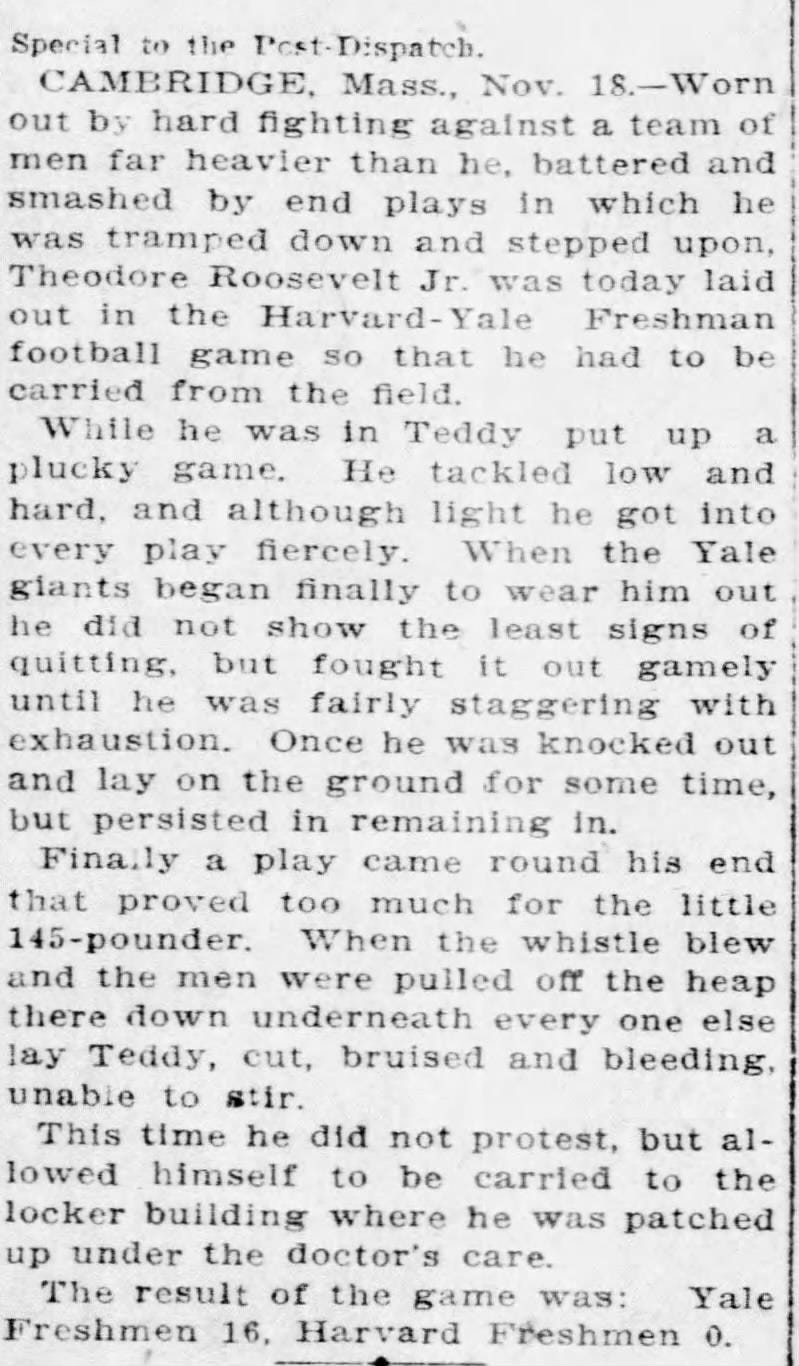
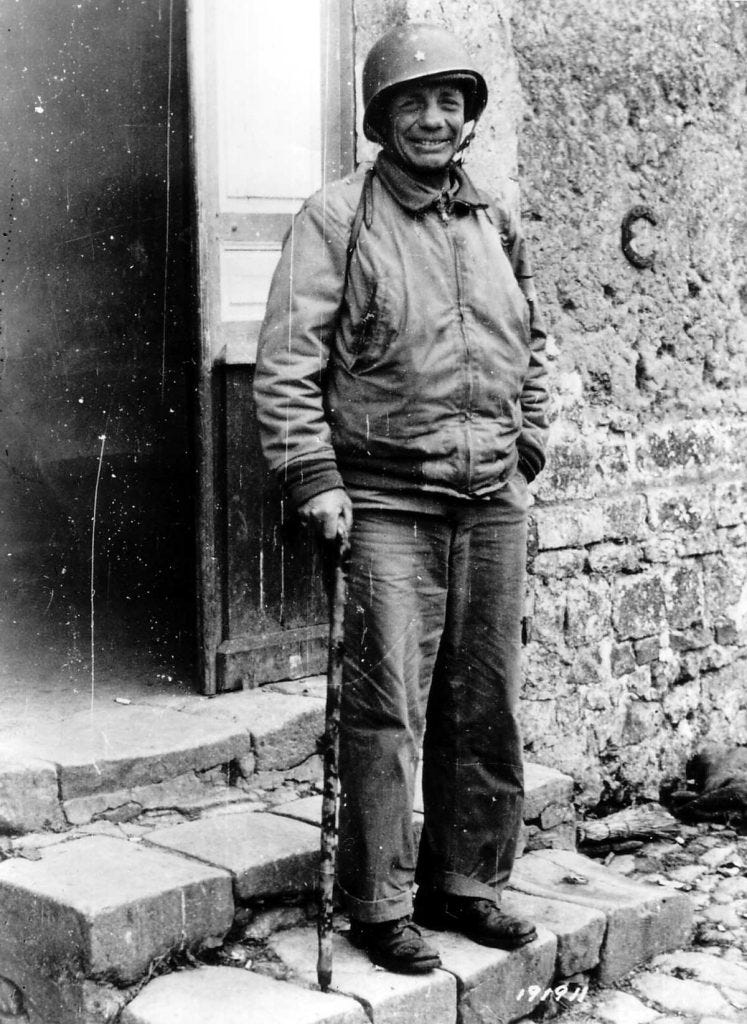
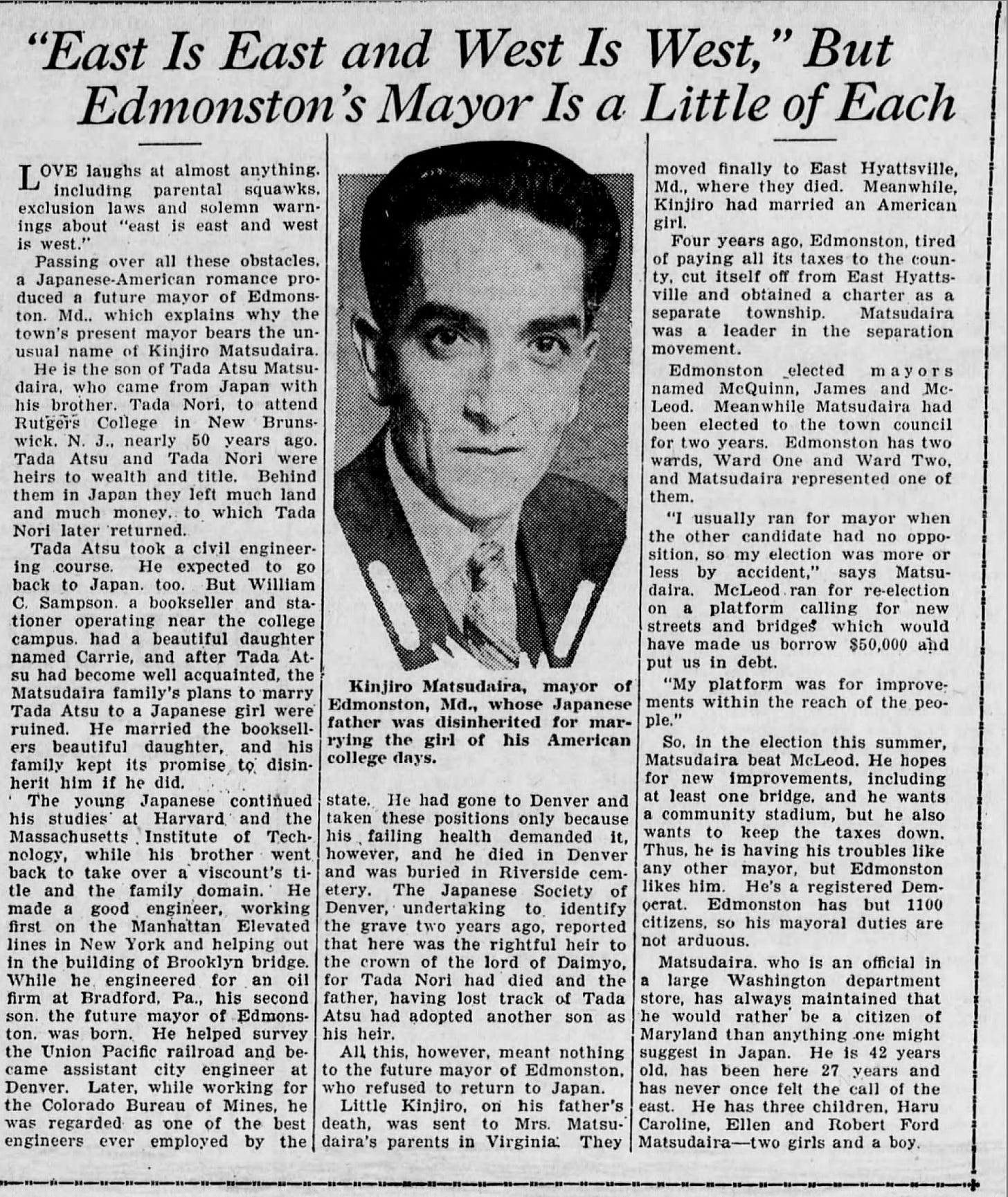
This is a really fun informative column! Nothing else like it.